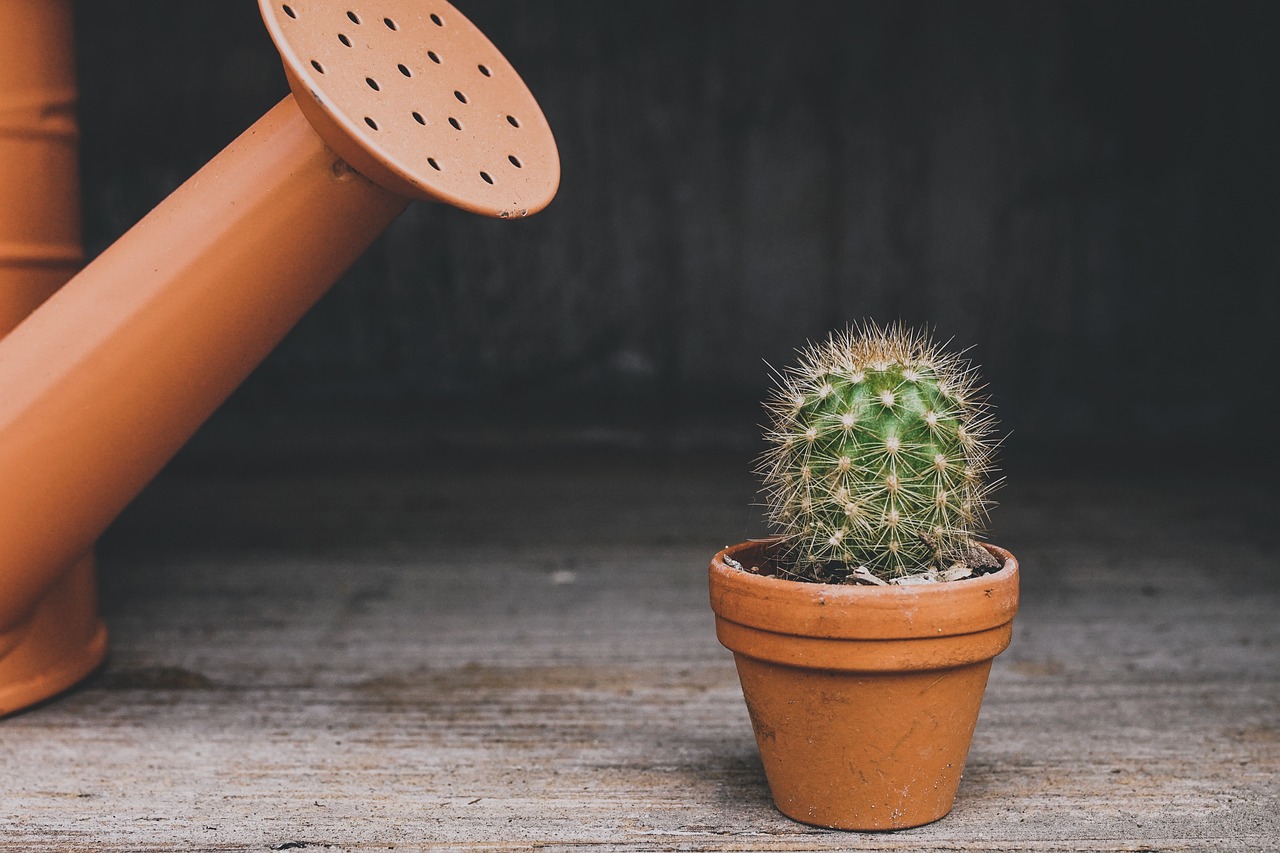How to Grow and Care For Indoor Cactus
Introduction to Indoor Cactus

Indoor cactus plants, with their striking appearance and low maintenance requirements, have become increasingly popular among plant enthusiasts. These unique succulents not only add a touch of greenery to indoor spaces but also offer numerous benefits. Whether you’re a seasoned gardener or a novice, cultivating and caring for indoor cactus can be a rewarding experience.
Choosing the Right Indoor Cactus
Before diving into the world of indoor cactus cultivation, it’s essential to select the right species that suits your preferences and environment. Consider factors such as size, shape, and spines while choosing a cactus variety. Additionally, assess the available space, lighting conditions, and climate of your indoor area to ensure compatibility with the chosen cactus species.
Setting Up the Ideal Environment
Creating an optimal environment is crucial for the health and growth of indoor cactus. These desert plants thrive in bright, indirect sunlight, making them ideal for placement near windowsills or under grow lights. Ensure proper ventilation to prevent stagnant air and maintain adequate humidity levels. Use well-draining soil and pots with drainage holes to prevent waterlogging, which can lead to root rot.
Watering Techniques
One of the most common mistakes in cactus care is overwatering. Indoor cactus plants have low water requirements and are susceptible to root rot if subjected to excess moisture. Water sparingly, allowing the soil to dry out completely between waterings. Adjust the watering frequency based on factors such as temperature, humidity, and season.
Fertilizing Indoor Cactus

While cacti are known for their resilience in nutrient-poor soils, occasional fertilization can promote healthy growth and blooming. Use a balanced, water-soluble fertilizer formulated specifically for cacti and succulents. Apply the fertilizer at half-strength during the growing season, reducing or withholding fertilization during the dormant winter months.
Pruning and Repotting
Regular pruning helps maintain the shape and appearance of indoor cactus plants while removing dead or damaged parts. Use sterile pruning shears to avoid introducing infections. Repot indoor cactus plants every few years to refresh the soil and provide adequate space for root growth. Choose a slightly larger pot with proper drainage and use well-draining cactus soil mix.
Pest and Disease Management
Despite their resilience, indoor cactus plants are susceptible to pests such as mealybugs, spider mites, and scale insects. Inspect your plants regularly for signs of infestation, such as webbing, sticky residue, or distorted growth. Treat affected plants promptly using organic insecticidal soap or neem oil. Additionally, maintain good hygiene practices to prevent the spread of diseases.
Dealing with Common Issues
Yellowing or browning of cactus stems may indicate overwatering, sunburn, or nutrient deficiencies. Adjust watering habits, provide adequate shading, and fertilize as needed to address these issues. Etiolation, characterized by elongated, weak stems, occurs when cactus plants receive insufficient light. Move the plants to a brighter location and prune leggy growth to encourage compact growth.
Propagation Techniques
Propagating indoor cactus plants is a rewarding way to expand your collection or share with friends and family. Common methods of propagation include stem cuttings and offsets. Allow cuttings to callus for a few days before planting them in well-draining soil. Keep the soil slightly moist until new roots develop, then gradually transition to regular watering.
Enhancing Aesthetic Appeal
Indoor cactus plants offer endless possibilities for creative display arrangements. Experiment with different containers, such as terracotta pots, decorative planters, or hanging baskets, to showcase your cactus collection. Consider incorporating complementary elements such as pebbles, sand, or decorative rocks to add visual interest to your arrangements.
Seasonal Care

Adjust your care routine to accommodate seasonal changes in light, temperature, and humidity. During the winter months, reduce watering frequency and protect cactus plants from cold drafts. Consider providing supplemental lighting if natural light levels are insufficient for optimal growth. Monitor your plants closely and make adjustments as needed to ensure their well-being.
Special Considerations for Specific Cactus Varieties
Some cactus species have unique care requirements that differ from the general guidelines. Research the specific needs of your chosen cactus variety to provide tailored care. Factors such as growth habits, flowering patterns, and dormancy periods may vary between species and influence their care regimen.
Benefits of Indoor Cactus Beyond Aesthetics
In addition to their visual appeal, indoor cactus plants offer practical benefits for indoor environments. These desert plants are natural air purifiers, removing toxins and pollutants from the air through their stomata. Furthermore, caring for indoor cactus can have therapeutic effects, promoting relaxation and stress relief.
Troubleshooting Guide
If you encounter any issues while caring for your indoor cactus plants, refer to this troubleshooting guide for quick solutions. From pest infestations to environmental stressors, identifying and addressing problems promptly can prevent further damage and promote plant health.
Conclusion
Growing and caring for indoor cactus plants is a rewarding and enjoyable experience that allows you to bring a piece of the desert into your home. By following the guidelines outlined in this article, you can create an optimal environment for your cactus plants to thrive. Remember to tailor your care routine to the specific needs of your chosen cactus species and enjoy the beauty and benefits they bring to your indoor space.
FAQs
- Can I keep indoor cactus in a low-light environment?
- While cacti prefer bright, indirect sunlight, some species can tolerate low-light conditions. However, growth may be slower, and blooming may be limited in such environments.
- How often should I repot my indoor cactus?
- Repotting frequency depends on the growth rate of your cactus and the condition of its current pot. As a general rule, repot every two to three years or when the plant outgrows its container.
- Are there any safety precautions I should take when handling cactus plants?
- Exercise caution when handling cactus plants, as their spines can cause injury. Use gloves and protective clothing when pruning or repotting cacti, and avoid touching the spines directly.
- Can indoor cactus plants flower?
- Yes, many indoor cactus species produce beautiful flowers under the right conditions. Provide adequate sunlight, appropriate temperatures, and proper care to encourage flowering.
- How do I revive a dehydrated indoor cactus?
- If your indoor cactus appears dehydrated, thoroughly soak the soil until water drains from the bottom of the pot. Allow the soil to dry out completely between waterings to prevent overwatering.



